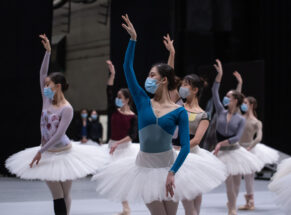Many dancers of the Finnish National Ballet grew into choreographers over the years, continuing their careers as either choreographers for their own dance company, the Finnish National Ballet, or abroad. The first time this happened was before the wars at the turn of the 1940s.
Saxelin and Sylvestersson promoted to ballet masters
Alexander Saxelin, a dancer of the Finnish Opera Ballet, had run his own ballet school alongside his main profession. When he was promoted to ballet master in 1935, he already had the skills to create his own choreographies. In the 1950s, the dancers turned choreographers included Irja Koskinen, who was best known for her ballet Pessi and Illusia (1952), and Elsa Sylvestersson, who enjoyed a long, productive career as a choreographer until the 1980s. Her choreography of La Traviata is still in the repertoire of the Finnish National Opera and Ballet.

Performing several one-act ballets in one evening became increasingly popular in the 1970s, as traditional full-length ballets were considered old-fashioned. Dance works with abstract themes complemented the story ballets of the repertoire, giving dancers more ample opportunities to demonstrate their talent for choreography. Over the decades dancers like Margaretha von Bahr, Seppo Koski, Tuula Källström, Doris Laine, Hans Meister and Jorma Uotinen all created their own choreographies for the Finnish National Ballet. Heikki Värtsi had already proven his skills as a musical and opera choreographer in the 1960s, and in 1975 his ballet choreography Ballet Sports popularised the genre. Towards the end of the decade, dancers could also try their hand at choreography and improvisation with a small experimental dance troupe of the ballet company.
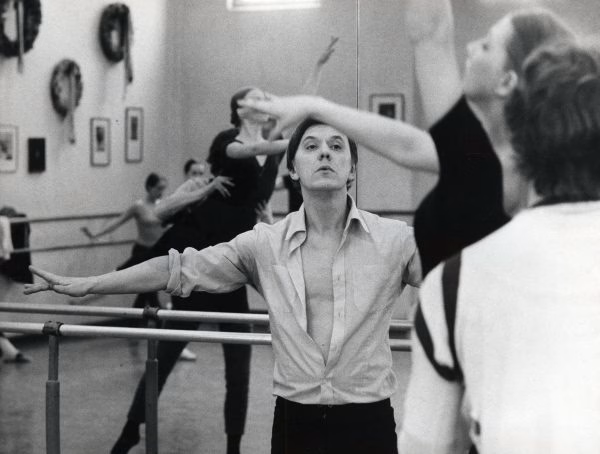
Workshops give centre stage to new choreographers
By the time Sylvestersson retired in the 1980s, far fewer dancers of the Finnish National Ballet were pursuing choreography careers. The repertoire featured several choreographies by Tommi Kitti and Jorma Uotinen, but Uotinen was more focused on his work as the resident choreographer of the Helsinki City Theatre Dance Company. To encourage dancers to try out choreography, the ballet company devised a workshop evening, which was organised every few years.
The move to the new Opera House in the 1990s made choreography workshops easier to organise, thanks to the venue’s separate smaller stage, Almi Hall. Around the turn of the millennium, a workshop evening took place nearly every year, and many dancers repeatedly contributed their new choreographies. This led to the discovery of several promising choreographers whose work eventually made it to the main repertoire, too.
Javier Torres created his first choreographies for the Helsinki City Theatre Dance Company in the 1990s, and his work has featured in the workshop evenings since 1995. His first commissioned choreography for the Finnish National Ballet was the one-act ballet Poppies in 2001, followed by two full-length ballets for the Main Stage, The Sleeping Beauty in 2008 and The Beauty and the Beast in 2014. He also choreographed La Bayadère for the Czech National Ballet in 2014. Torres’s latest work for the Finnish National Ballet was Flock, performed on video due to the coronavirus pandemic.
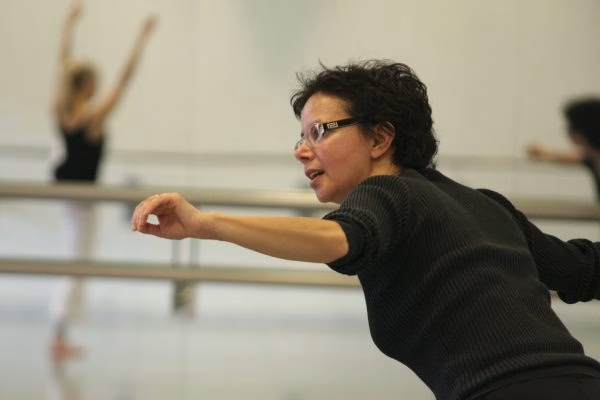
Dancers’ choreographies seen on the Main Stage have included Marilena Fontoura’s Kajo (1998) and Carmen (2003), Sami Saikkonen’s Petrol Heaven (2000) as well as Jouka Valkama’s Reuna (2006) and 91° N (2008). Anandah Kononen’s family-friendly ballet Moomin and the Comet attracted large audiences in 2015, with performances on the Main Stage as well as Almi Hall. Choreographies by Thomas Rydberg, Anu Sistonen, Aapo Siikala and Minna Tervamäki, to mention a few, have been performed at Almi Hall.
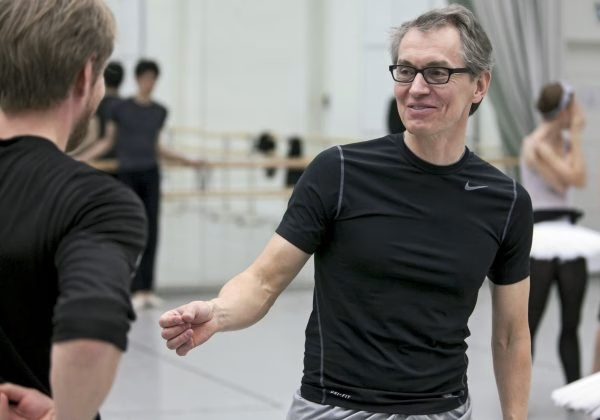
New dance groups and international choreography careers
Many choreographers who started as dancers for the Finnish National Ballet have either founded their own dance company or pursued an international career. Having danced at the Finnish National Ballet from late 1970s to early 1980s, Jorma Elo joined the ranks of the Cullberg Ballet in the 1980s and moved on to Nederlands Dans Theater in the 1990s. At the turn of the millennium he switched the focus of his career to choreography, and he has held the position of resident choreographer at Boston Ballet since 2005. His work has also been seen regularly at the Finnish National Ballet since 2002. Initially renowned for his abstract one-act ballet, Elo expanded his repertoire to full length story ballets in the 2010s. The Finnish National Ballet performed his version of A Midsummer Night’s Dream in 2015, and his Alice in Wonderland was seen in 2016. His ballet Sibelius is part of the ballet company’s centenary repertoire in 2022.
Tero Saarinen created his first solo works in late 1980s, while working as a dancer at the Finnish National Ballet. He gave up his dancing career in 1992 and left for Asia to study traditional dances and buto. He has choreographed more than 40 works for Tero Saarinen Company, which he has established, and other dance companies such as the Finnish National Ballet. His most recent works in the repertoire of the Finnish National Ballet have been Mariage in 2012 and Kullervo in 2015. His new choreography, Wedge, will premiere at the Finnish National Ballet in spring 2022.
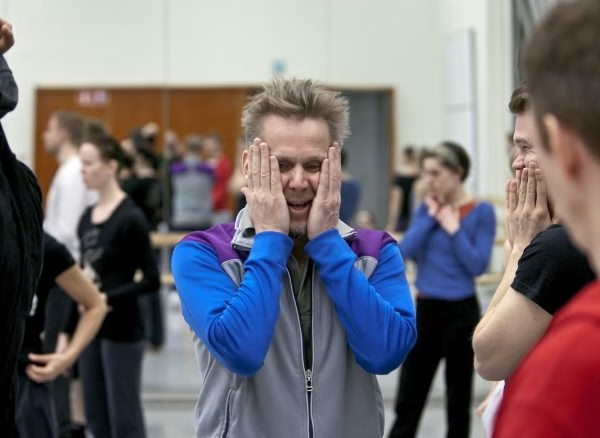
Johanna Nuutinen completed her very first choreography for a workshop evening in 2006, and her choreography X-it premiered at Almi Hall in 2011. In 2015, Nuutinen stopped dancing ballet and focused on choreography instead. The centenary repertoire of the Finnish National Ballet features her brand new work, Hyöky – Surge. In addition to this, Marjaterttu Willman has brought a variety of choreographies to the Finnish National Ballet’s workshop evenings since the early 2000s. In 2012, she established Willman Dance Company, for which she creates choreographies alongside her work as a ballet dancer.
Of the current dancers of the Finnish National Ballet, Emrecan Tanış has been the most successful as a choreographer. His contemporary dance choreographies have been performed in Finland and abroad, for example at international dance festivals in Germany, Great Britain and Brazil. Tanış’s work has also been seen at Almi Hall, as part of the Next Steps evenings and the gala performances of the Ballet School of the Finnish National Ballet. His latest work, Golden, premiered as a live broadcast due to the coronavirus restrictions on public events in spring 2021.
Text JUSSI ILTANEN
Images THE ARCHIVES OF THE FINNISH NATIONAL OPERA AND BALLET (credits incl. Sakari Viika, Mirka Kleemola and Pentti Nissinen)
Literature
Laakkonen et al. (edit.): Se alkoi joutsenesta. Sata vuotta arkea ja unelmia Kansallisbaletissa (Karisto 2021)
Other sources
Programme leaflets of the Finnish National Ballet (incl. Kullervo, Rankanen-Elo-Saarinen, Alice in Wonderland)
The archives of the Finnish National Opera and Ballet
terosaarinen.com
willmandancecompany.fi
johannanuutinen.com
Recommended for you
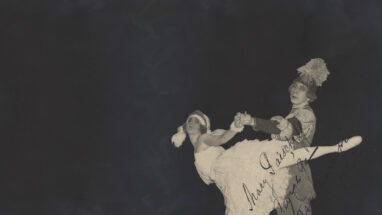
The Finnish Opera establishes a ballet company
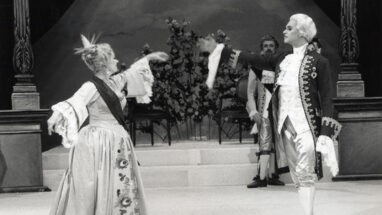
To the new Opera House with Laine and Uotinen

The international National Ballet
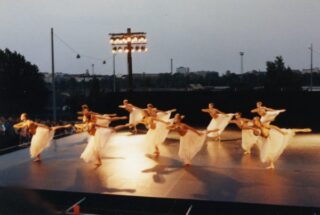
Arena tours and school visits
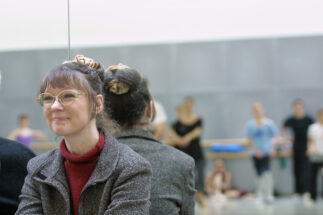
Ballet gains equal status under Nordic directors
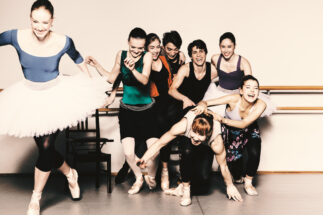
The Youth Company offers career opportunities
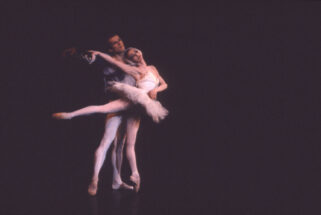
Ballet on television and at the cinema
